Having a solid customer strategy is a crucial part of any sales organization. If you don’t have a strategy, or if your approach isn’t up to par, you lose out on creating a dynamic client base. This ultimately impacts your bottom line. John Golden interviews Jeff Tanner to provide essential tips on building and improving customer strategies.
This expert sales interview explores customer strategy :
- Defining customer strategy
- Things to be mindful of when developing a strategy
- How to think like the customer
- Technology bloat and how to fix it
What is customer strategy?
A strategy is how you think the world works, and creating some action or plan to influence that world, so you get the outcomes that you want. When we think about customer strategy, we think about how we feel about our customers, and how they want to interact with us and related to us. We then think of ways to develop action plans, to deliver on those plans, on that so we can achieve our target when those plans come to fruition.
Mindful Customer Strategies:
There are a few things to be cognizant of when trying to create and execute a customer strategy. One thing is the overload of information available to consumers in the modern era. You might think of this as “infobesity.” Customers are overrun with pieces of information, most of which is incorrect or not entirely accurate. The salesperson has to become the correct source of information and help the prospect cut through the minutia of knowledge. You have to build yourself up as an expert so that people do trust you. Another thing to be mindful of is the sales and marketing integration. In the past, they have been separate entities. Today, they primarily work together, helping the customer through the entire buying process. Be sure that you keep sales and marketing integrated when creating customer strategies.
Think Like Your Customer
We’re not thinking like customers. We don’t mystery shop our own website and search for information like a customer would. We’re too focused on the acquisition of the customer and making sure that the beginning part is right and not the back end. “We need people to say, stop,” said Tanner. “We can acquire all we want to, but if we don’t have the right kinds of information available during the sales process and after the sales process, in formats that are easy to get, then we’re going to be like the old mobile phone companies, flushing them out the bottom as fast as we can.”
Technology Bloat
“We’re paying for the CEO making IT decisions,” said Tanner. “This creates what we call technology bloat.” Technology bloat happens when various sales and marketing people have made technology purchasing decisions. Often, software is brought to fix point specific problems. What happens is that you have many redundant, overlapping technologies that don’t talk to each other. Even if you have information on your customers, or use tools to organize your strategies, it’s in multiple different systems and can’t be synthesized enough to make good use of it. Do away with smaller software, and invest in one thing that will do everything you need.
About Our Host
John is the Amazon bestselling author of Winning the Battle for Sales: Lessons on Closing Every Deal from the World’s Greatest Military Victories and Social Upheaval: How to Win at Social Selling. A globally acknowledged Sales & Marketing thought leader, speaker, and strategist. He is CSMO at Pipeliner CRM. In his spare time, John is an avid Martial Artist.
Pipeliner CRM empowers salespeople to tie strategy to sales. Get your free trial of Pipeliner CRM now.


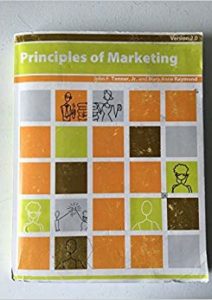
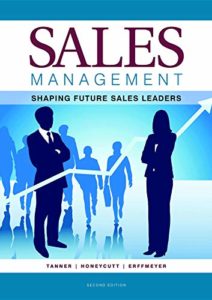
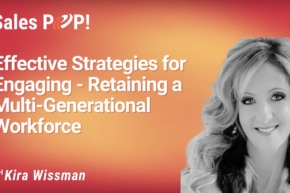

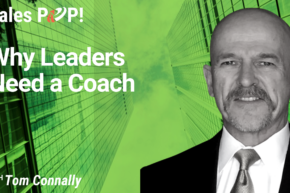

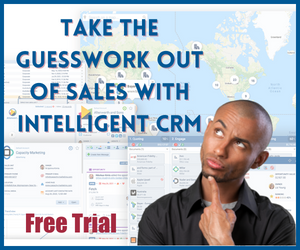
Comments